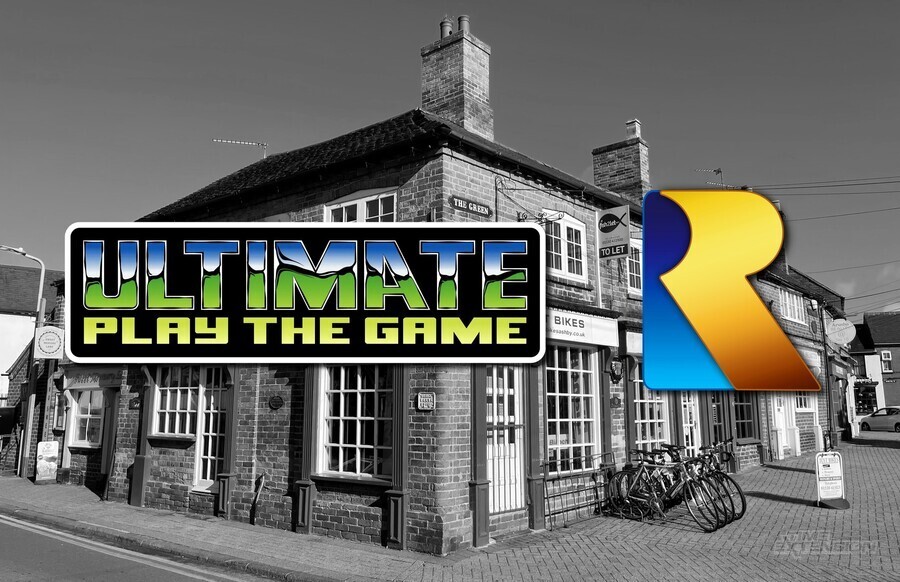
As part of our end-of-year celebrations, we're digging into the archives to pick out some of the best Time Extension content from the past year. You can check out our other republished content here. Enjoy!
To any seasoned gamer, Rare needs little in the way of introduction. The studio is one of Microsoft's crown jewels, having delivered hits like Kinect Sports, Perfect Dark Zero and Sea of Thieves, and is currently hard at work on Everwild for the Xbox Series X/S consoles. However, those of you with longer memories will know that Rare was once part-owned by Nintendo and was responsible for some of the biggest and best games on the NES, SNES, Game Boy and N64, prior to being purchased outright by Microsoft in 2002. If you're even older, then you'll know that the Rare story actually began a long time before then with the establishment of Ultimate Play The Game in 1982, a prominent developer for home computers like the ZX Spectrum, BBC Micro and Commodore 64.
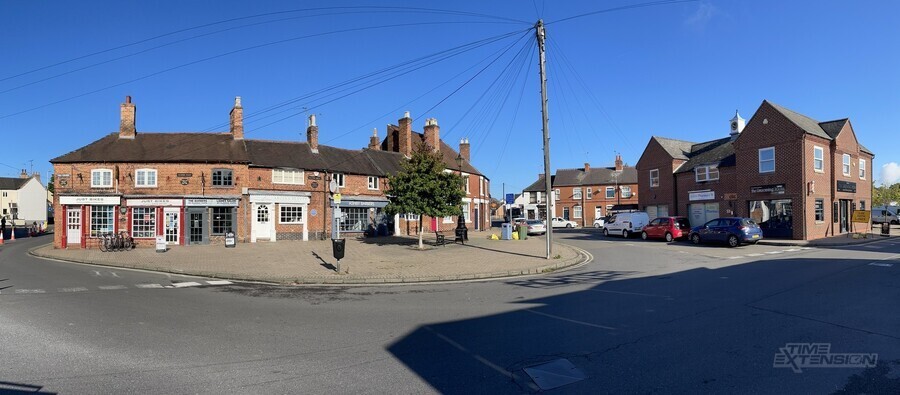
The birthplace of Ultimate Play The Game – the trading name of Ashby Computers and Graphics Limited – is Ashby-de-la-Zouch, a small market town in the heart of the United Kingdom with a population of over 12,000 people (according to the 2011 census). Famous for its romantic ruined castle and the fact that it is mentioned in Sir Walter Scott's historical novel Ivanhoe, Ashby's claim to fame as the birthplace of one of the UK's most famous developers isn't really advertised anywhere; in fact, for the longest time, it's been hard to actually pinpoint precisely where Ultimate was based due to conflicting reports. Thankfully, we can now put all of that to rest.
The address of Ultimate Play The Game was always advertised as 'The Green' in Ashby, and today, that area of the town is home to a quaint row of small shops, just a stone's throw from the main commercial high street of Ashby. However, back in the '80s, this part of the town was slowly but surely being taken over by Tim and Chris Stamper, Ultimate's founders. According to Rare's Paul Machacek – who joined back in 1988 and is still there to this day – the reason Ultimate Play The Game ended up in this location is down to the fact that John Stamper, Tim and Chris' father, owned a newsagent at one end of the row of shops.
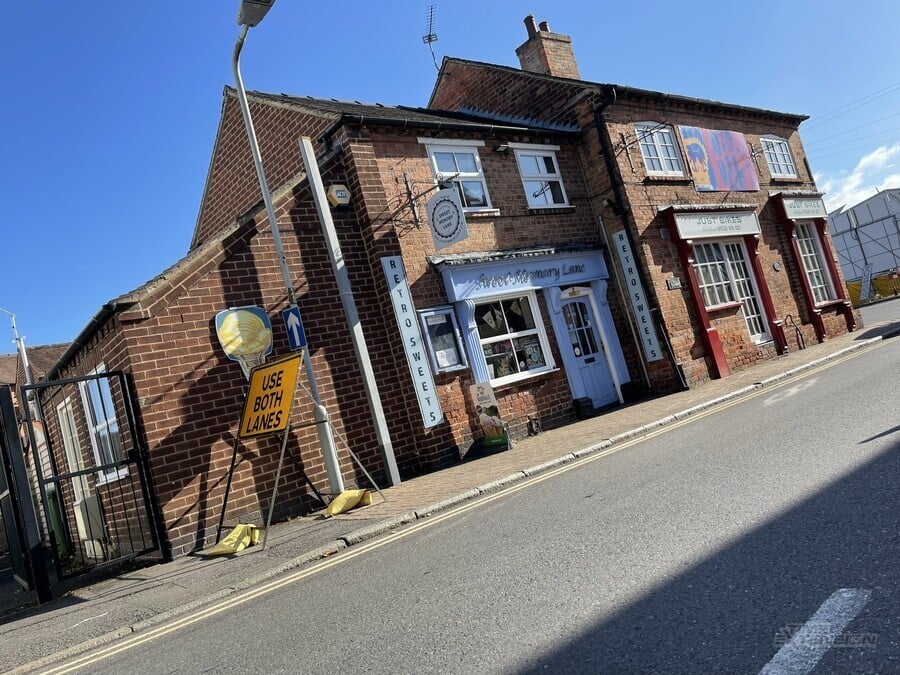
According to Machacek – who admits his recollection is hazy after all these years – Ultimate began life in the offices above the elder Stamper's shop. Today, those two units are occupied by a bicycle store, but Machacek explains that the upper rooms were eventually connected by a corridor, and offices were separated into admin, coding and other functions.
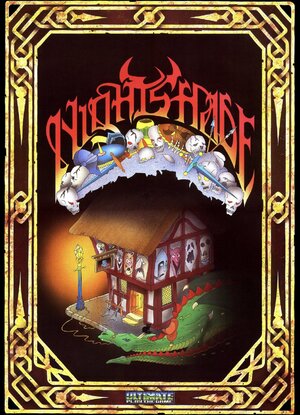
"The newsagent was in what is now the red-fronted bit occupied by the bike shop, but I’m 95% positive that the black-fronted section next to it was also part of it and that during the 1990s – after the Stampers sold it – the whole thing was split into separate units," Machacek explains. Indeed, a recent listing for the flat above the shops suggests that the offices have now been subdivided. "What struck me when I first visited the site when I joined on one Friday in July 1988 was the similarity between the real-world location and the cover of an Ultimate video game. I was following John Stamper in my car, and when I first arrived at The Green I said, 'Shit, it's the cover of Nightshade!'" Indeed, if you look at the artwork for that game, it does bear a very close resemblance to Ultimate's former offices.
As time went on and the company became ever more successful, it apparently expanded to take over more of the units on the row. By the time the famous “Fortress Ultimate” article appeared in a 1985 issue of Commodore User, Ultimate Play The Game appears to have swallowed up almost all of the office units on The Green. The photo printed in that piece has often been taken as evidence of Ultimate's precise location, but Machacek thinks the area shown in the image is, in fact, an alleyway to the right-hand side which led to the back of the offices. The main entrance was closer to where the bicycle shop is today, on the left of the row of shops.
Another point of confusion is where Rare's first office was actually based when the Stampers sold off Ultimate to U.S. Gold in 1985 and started their new company, Rare. According to Tim Stamper, Rare's first official office wasn't on The Green at all but above a sweet shop just around the corner, at 8 Elford Street. There's still a sweet shop there to this day, but it's not known if this is the existing store or a new one.
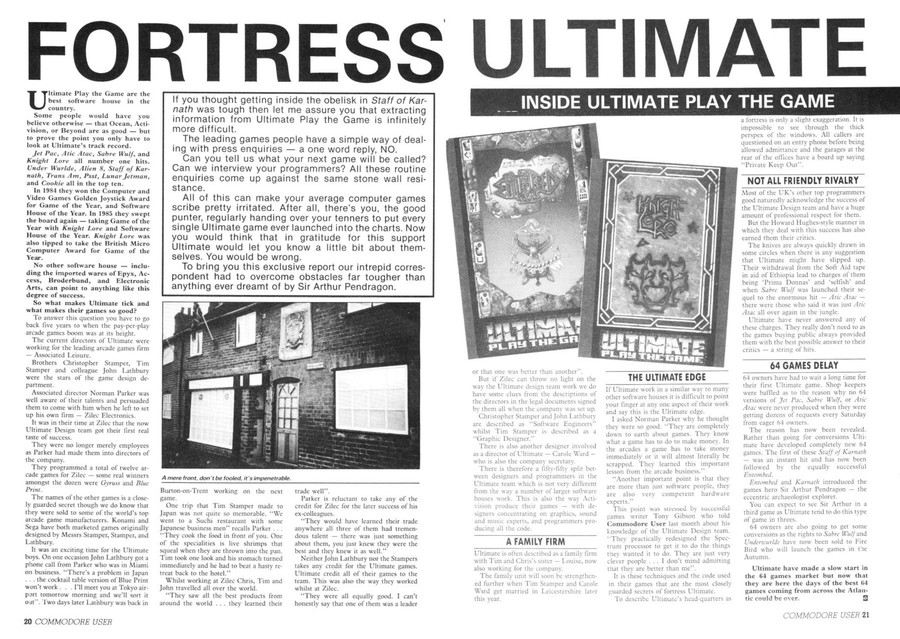
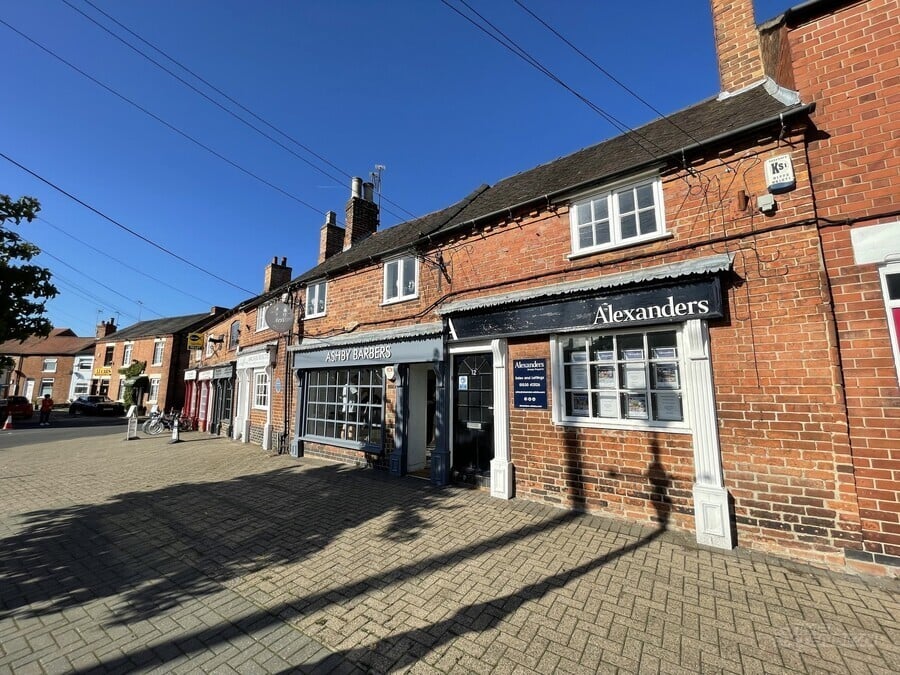
As it happens, Machacek was given this upstairs space to stay in when he moved to the area and joined Rare in 1988 (by which point the firm had moved to the larger Manor Farmhouse location in nearby Twycross). "Just around the corner to the left is Elford Street and I lived in an upstairs flat between July and October 1988, which had previously been an Ultimate office," he adds. "When I moved in there were loads of cardboard boxes full of Ultimate tapes, boxes and inlay cards."
Machacek adds plenty more detail to the tapestry that is Ultimate's birthplace. Outside, there's a tree, a public bench and an old-fashioned street lamp; Machacek thinks that the current tree – which does look like it's about 30 or so years old – is a replacement for the Christmas tree that the Stampers would replace and decorate each year out of their own pockets. The lamp post could also be the inspiration for the one seen on the cover of the aforementioned Nightshade.
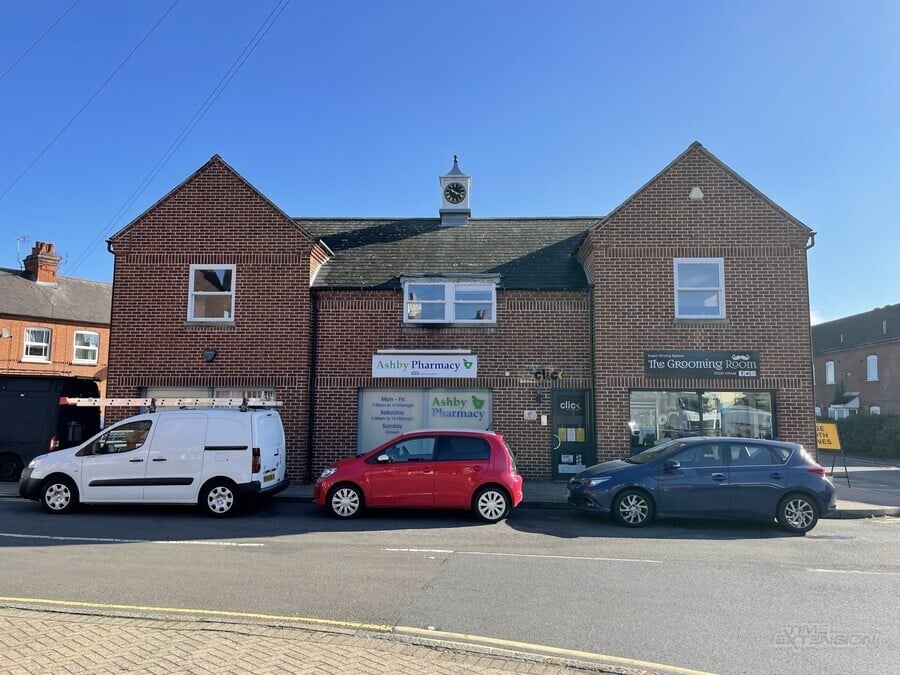
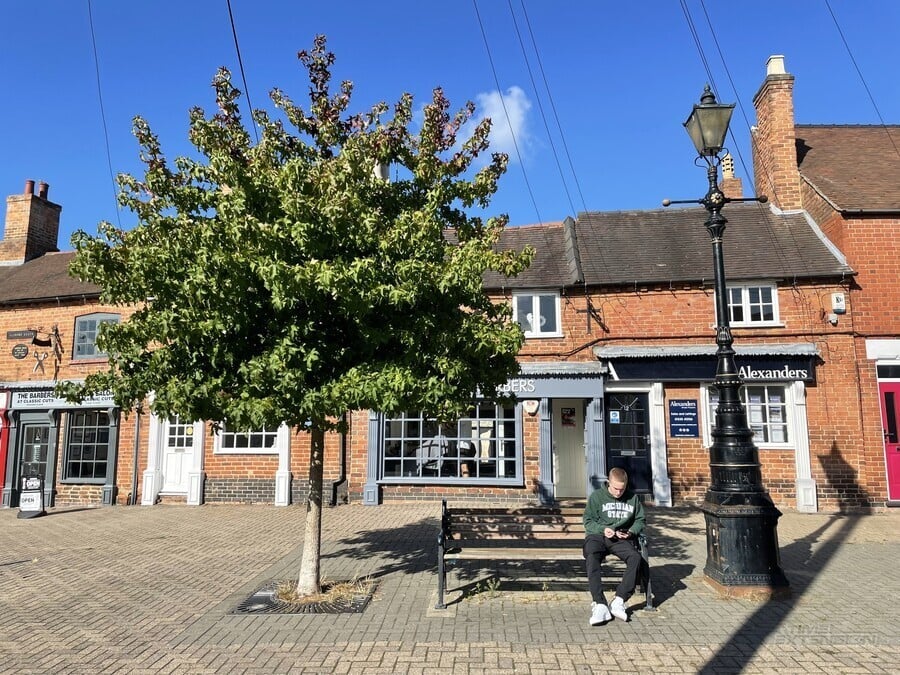
Elsewhere, visitors will notice that there's a surprising abundance of black plaques with gold writing on them (three of which say the same thing: "Elsmore Green - Home of 18th Century Horse Fairs"). There are also plaques which denote the previous existence of a sweet shop and health food shop. According to Machacek, all of these plaques were put in place by Tim Stamper; the health food shop was a venture run by Tim's wife, Carole Stamper, which ultimately wasn't commercially successful. All of these plaques remain in place but have been joined by an official Ashby Town Council blue plaque denoting the prior existence of the 18th-century Elsmore horse fair.
As previously mentioned, Rare would relocate to the 18th-century Manor Farmhouse, a large mansion with barns and stables which were used as studios; this setup would inspire the construction of Rare's next home, the striking purpose-built complex built in 1999 just a short distance down the road, which it occupies to this very day. Manor Farmhouse would be the development base for some of Rare's most famous titles – but that's a story for another day, perhaps.
Given how significant Ultimate Play The Game is in terms of the UK video game sector's history, it's incredible that there's little indication of its prior existence when you visit The Green today. While it might be somewhat presumptuous and naive to expect local councils to put up plaques for video game firms – especially given how young the games industry is when compared to 18th-century horse fairs – Ultimate (and by association, Rare) is one of the area's most striking commercial success stories (Microsoft paid $375 million for Rare, and that was 20 years ago), so you'd think some kind of acknowledgement would be in order.
Alas, there is none – although the myriad plaques and signs erected by the Stampers on The Green mean there's still a connection – but only if you know what you're looking for, of course.
